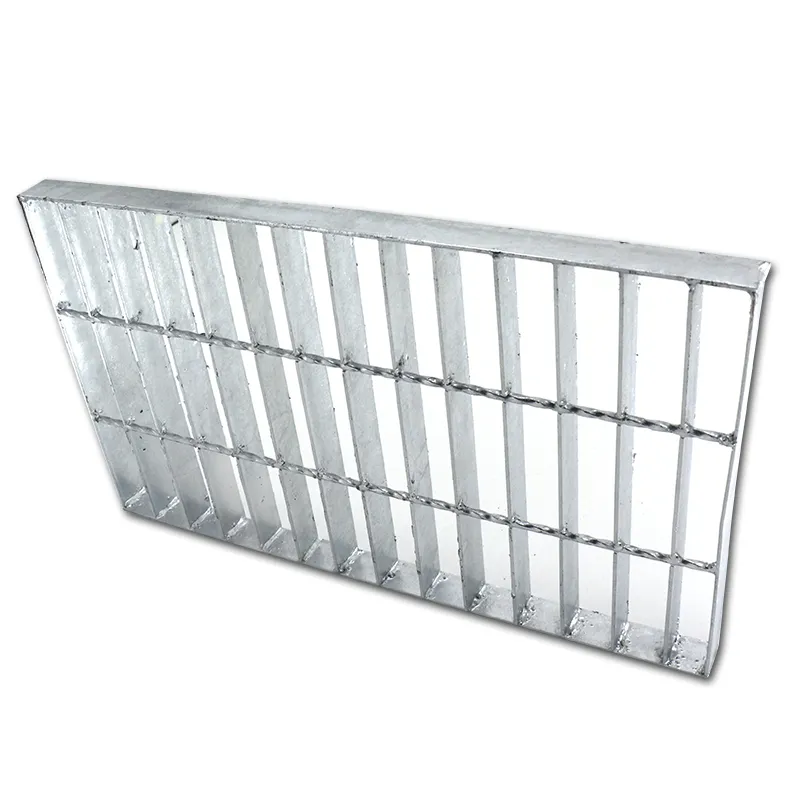
- Afrikaans
- Albanian
- Arabic
- Armenian
- Azerbaijani
- Basque
- Belarusian
- Bengali
- Bosnian
- Bulgarian
- Croatian
- Czech
- Danish
- Dutch
- English
- Esperanto
- Estonian
- Finnish
- French
- Galician
- Georgian
- German
- Greek
- hawaiian
- Hindi
- Hungarian
- Indonesian
- irish
- Italian
- Lao
- Latvian
- Lithuanian
- Luxembourgish
- Macedonian
- Maltese
- Myanmar
- Norwegian
- Polish
- Portuguese
- Romanian
- Russian
- Serbian
- Slovak
- Somali
- Spanish
- Swedish
- Thai
- Turkish
- Turkmen
- Vietnamese
Dec . 06, 2024 06:16 Back to list
installing welded wire fence on uneven ground
Installing a Welded Wire Fence on Uneven Ground
Installing a welded wire fence can be an excellent way to secure your property, contain livestock, or create a barrier for pets. However, when dealing with uneven ground, the installation process can become more complex. This article outlines the essential steps to successfully install a welded wire fence on uneven terrain, ensuring durability and an appealing appearance.
Understanding Your Terrain
Before you begin, it's crucial to assess your property. Walk the area where you want to install the fence and take note of the slopes, dips, and other irregularities. Mark the fence line using stakes and string. This will help you visualize how the fence will follow the ground's contours. Take pictures of the area to refer back to during the installation process.
Choosing the Right Materials
When it comes to a welded wire fence, selecting high-quality materials is essential, especially when installed on uneven ground. Look for welded wire panels with a sturdy gauge that can withstand environmental pressures. Additionally, you will need fence posts that are robust enough to support the panels and hold up against the weight of the terrain.
Consider opting for adjustable fence posts that can accommodate variations in height. These will allow you to achieve a more even appearance and provide structural integrity.
Preparing the Installation Site
Once you have your materials, it's time to prepare the site. Clear away any vegetation, rocks, or debris along the fence line. This will make the digging process easier and help ensure that you have a clean work area. If you encounter any roots or large rocks, be sure to remove them for a smooth installation.
Digging the Post Holes
On uneven ground, digging the post holes requires special attention. Use a post hole digger or auger to create holes that are at least one-third the length of your fence posts deep. The width of the holes should be about three times the width of the posts for stability.
installing welded wire fence on uneven ground

When digging on a slope, it’s best to keep the tops of the posts level
. This means adjusting the depth of the holes accordingly so that each post is anchored firmly, whether it is at the top of the slope or in a dip.Installing the Fence Posts
Set the posts into the holes and ensure they are plumb (straight up and down). Use a level to confirm they are vertical, adjusting as necessary by adding or removing soil from the hole. Once the posts are positioned, fill the holes with concrete for a secure hold, which is particularly useful on uneven ground where movement can occur.
Allow the concrete to set according to the manufacturer's instructions before moving on to the next step.
Attaching the Welded Wire Panels
With the posts securely set, you can now begin attaching the welded wire panels. Start at one end of the fence line and work your way down. Use fencing staples or wire to secure the panels to the posts. It’s helpful to use a fence puller to stretch the wire panels taut, making adjustments as needed to accommodate the uneven surface.
Final Adjustments
After installing the panels, walk along the fence to check for any areas that may need further adjustment. Depending on the severity of the terrain, you might want to use additional tension wires or braces to ensure the fence remains stable over time.
Conclusion
Installing a welded wire fence on uneven ground does take extra planning and effort, but following these steps can lead to a successful installation that enhances the usability and appearance of your property. With a solid fence in place, you can enjoy the benefits of security and peace of mind, knowing your space is well protected.
-
The Vital Role of Wire Mesh in Construction
NewsJul.01,2025
-
The Essential Benefits of Welded Wire Mesh
NewsJul.01,2025
-
Secure Your Property with Field Farm Fence
NewsJul.01,2025
-
Expert Chain Link Fence Installation
NewsJul.01,2025
-
Discover the Versatility of Hexagonal Wire Mesh
NewsJul.01,2025
-
Barbed Wire
NewsJul.01,2025









